Lydian International and its fully owned subsidiary in Armenia Geoteam CJSC have concluded a series of ESIA consultations around Amulsar Gold Project ESIA. The consultations were held at Amulsar adjacent communities of Gndevaz, Saravan and Gorayk, the town of Jermuk as well as in Yerevan in the period of July 20-23. The consultations were attended by community members, business community, representatives of public sector, experts, NGOs, IFIs, individual stakeholders. Lydian and Geoteam would like to thank all participants for lively discussions, for the questions and suggestions. The questions and proposals will be taken into consideration and added to ESIA addendum to be published with the final ESIA later this year.
The ESIA is first of its type carried out in Armenia in line with Equator Principles. The company has invested more than 5 years of work and several million USD to conduct the study in line with IFC Performance Standards and EBRD Performance Requirements. Over 50 international and local scientists and expert organizations participated in this work of assessing potential environmental and social risks of the Amulsar project and offering solutions and mitigation measures. The ESIA was disclosed on May 27 and is available on Geoteam and Lydian websites. It is a 5 volume research with detailed findings. It is evident that a study of that volume cannot be summed up in several pages. However, today we offer a brief Q&A including some frequently asked questions and very brief answers to them. The questions are a combination of some of those raised during the consultations as well as some questions raised by different stakeholders during the year.
1. What is heap leaching, and what is the difference between tailings dam and the HLF?
In a gold heap-leaching process (to be used in Amulsar), the rock containing the gold is crushed and then placed in a pile (the “heap”) upon a specially constructed pad, after which a dilute cyanide solution is passed through the heap, dissolving the gold. The solution containing the gold is collected at the bottom of the heap and piped to a plant where the gold is recovered from the solution. It is a closed circuit with no discharge of any effluent. When mining ends, the recycling continues with a treatment process to neutralize the minor remaining cyanide; thus the heap (a pile of crushed rock) that remains is free of cyanide. The concentration of other metals in the heap are the same as naturally occurred in the ore.
The heap is covered with clay, top soiled and covered with natural vegetation.
Whereas in the alternative method (CIL) the rock containing the gold is crushed into a fine powder, the gold is separated out with solution carrying away the waste material. This waste material – a mixture of grinded rock and water – is known as “tailings” and is normally pumped to an artificially created storage and settling pond.
2. What is the grade of gold in the ore and average annual production at Amulsar? Are there any mines in the world, which have the same gold grade as Amulsar?
Amulsar average grade is 0.78 grams per ton with annual production estimated to be 10 million tons of ore per year. There are many mines in the world with comparable parameters. At Cripple Creek and Victor Mine in Colorado, USA, the grade is 0.55 g. p/t with production of 23.5 million tons p/y. Cortez mine in Nevada, USA, grade is 0.58 g. p/t with production of 23.1 million tons p/y. Kisladag mine run by a Canadian company in Turkey produces 13, 5 million t/y with an average grade of 0.72 g. p/t. Eagle Gold project, Canada will produce 10 million t/y with an average grade of 0.78 g p/t. The overall average grade in existing gold deposits is 0.82 g p/t worldwide (visualcapitalist.com)
3. How is cyanide managed?
A cyanide management plan for the Amulsar Project is being developed in line with the International Cyanide Management Code. Lydian will be a signatory to this Code.
A very dilute cyanide solution (0.05%) is the medium by which the gold is extracted from the crushed rock. Once mixed with water, the cyanide enters a closed system, with pH (acidity) controlled by addition of lime to prevent the formation of hydrogen cyanide gas. Leak detection equipment and gaseous cyanide detectors will be in place, and routine monitoring of air and groundwater quality will be undertaken around the heap leach facility to confirm that cyanide is not being leaked to the environment. Any loss of cyanide solution from the heap leach pad would also be a loss of gold. Thus any modern mine, including Amulsar, is designed in a way to prevent any discharge of cyanide to the natural environment to prevent environmental and economic loss.
The technology is tested for several dozen years in mines in countries like the US, Australia, Chile, Canada, etc.
Of approximately 1.1 million tonnes of hydrogen cyanide produced annually worldwide only about 6% is used for producing reagents for gold processing. The remaining 94% is used in industries dealing with production of nylon, plastics, adhesives, cosmetics, pharmaceuticals, etc (cyanidecode.org).
4. Is there any uranium or risk of radiation at the site?
No. Amulsar will be a gold mine and there are no significant traces of uranium present in the ore body. Scientific studies, conducted with Armenian and international experts, have conclusively shown that background radiation levels at the site are well within safe limits and in fact lower than in Yerevan.
5. Is the mine infrastructure tested for seismicity?
Adequate seismic calculations are included in the mine design. That is the case when building modern mines in countries like Chile and Peru where large earthquakes are relatively common. The facilities at the mine, including the barren rock storage facility, heap leach pad, collection ponds, and process plants, will be constructed to provide protection from earthquakes in accordance with international standards of care. The closest fault to the Amulsar Mountain is the Pambak-Sevan-Sunik fault, located approximately 10 km north of the Amulsar gold project. This fault has not generated a significant earthquake in approximately the last 10,000 years. A risk break analysis, considering the unlikely case of a seismic event, was included in the technical studies completed as part of our preparations for permitting.
6.Will Lake Sevan be affected?
No, it will not. We would divide this question into two parts. 1. From the legal perspective: the locations of the ore processing facilities are outside the Lake Sevan immediate impact zone which, as defined in the Law on Lake Sevan and respective government decrees, extends to a buffer zone (3 km) around the existing water tunnels (respectively Spandaryan-Kechut and Kechut-Sevan). 2. From the environmental perspective: the heap leach facility and runoff from the barren rock storage facility and the pits will be designed, built and managed to ensure that no contaminants are leaked into the wider natural environment. Thus not only Sevan, but all surrounding natural receptors- soil, water and air, will be strictly protected. We will work with local community representatives and NGOs to monitor water, air and soil to demonstrate that there is no contamination.
7. Will the town of Jermuk or the springs be environmentally affected?
No. The project has been designed and tests have been done to ensure that water sources, including the Jermuk springs will not be affected. Jermuk is about 14 km away from the pits. Additionally, a comprehensive isotope study was completed in mid-2013 demonstrating that the spring water comes from a different aquifer system from that with which the Amulsar project will interact.
Studies carried out by local and international experts show that due to significant distance from the mine site noise, vibration and dust generated by the Project will not affect the town. There are several examples of mines operating safely next to resort towns. Cripple Creek&Victor mine, for example is less than 1 km. away from the town of Cripple Creek.
Some portions of the mining operations will be visible from Jermuk, but extensive studies were done to keep this to a minimum.
8. Will the concentration of heavy metals increase as a result of blasting or ore processing?
No. The concentrations of heavy metals in the processed rock or dust generated from the mine will be essentially the same as they are today in the undisturbed rock.
9. Is the Amulsar Gold Mine sulphide or oxide? What is the difference between them?
The ore at Amulsar is oxide. Oxide ore differs from sulphide ore in that it does not have acid rock drainage potential. So the ore itself is non acid rock drainage (ARD) generating.
10. What is Acid Rock Drainage and will it be generated in Amulsar?
Acid rock drainage is the acidic water that is created when sulphide minerals are exposed to air and water and through a natural chemical reaction, produce sulphuric acid. This can occur naturally and through mining activities, and can be potentially harmful to the environment. Although Amulsar ore does not contain sulphide minerals, some of the barren rock at Amulsar contains small amounts of sulphur in the mineral pyrite that occurs naturally in the rock. This has the potential to form acid rock drainage when exposed. To prevent this, the Barren Rock Storage Facility (BRSF) is designed in a way that potentially acid-generating material is encapsulated by non-acid-generating material, thus minimising the production of ARD in the first place. All water that comes into contact with the barren rock will be captured by a drain and pond and pumped to the other side of the mountain to be used as process water. After mine closure water will be undergoing a passive treatment process to mitigate any residual effects.
11. What are the issues with reference to biodiversity? How will they be managed?
As a result of over seven years of baseline studies and detailed research, in collaboration with renowned Armenian and international institutions and experts, a comprehensive Biodiversity Management Plan was produced. The overall aim of the plan is to ensure that the mine results in no net loss of biodiversity. This means that project related impacts on biodiversity are balanced by measures taken to avoid and minimize the project’s impacts, to undertake onsite restoration and finally to offset significant residual impacts, if any. To help to achieve this, Lydian has committed to the establishment of a “biodiversity offset”, which is a conservation programme to be implemented at a location near Amulsar and which will compensate for non-mitigatable impacts on biodiversity due to the mine. For Armenian “Red Book” species we are taking additional measures: these include a detailed research programme into how to move endangered Potentilla porphyrantha plants from the mountain, cultivate them, and return them to the mountain post-mining; and an extensive baseline study looking at the presence of Brown bear, Ursus arctos, in the wider region.
12. What archaeological fossils/artefacts have been found at Amulsar?
The company has commissioned and financed archaeological surveys to local and international experts since 2011. These surveys have identified 75 potential archaeological sites that are likely to be impacted by Project development.
Sites of potential archaeological interest identified at Amulsar include possible tombs, graves, cemeteries, and structural ruins. Most of these are yet to be investigated to confirm their archaeological interest. Artifacts found in the Amulsar area include pottery sherds and obsidian tools. A Cultural Heritage Management Plan has been produced to guide activities related to archaeology. The plan includes a commitment that any potential cultural heritage within the project footprint will be investigated further and, if necessary, subjected to archaeological excavation prior to it being disturbed by the project. The Company has committed to cover the expenses of the excavation and preservation activities.
13. What about the health and safety of affected community residents?
The mine design and management activities imply that no potential hazards from the mine operation will anyhow impact the communities, the land, livestock or the crops. The project ESIA includes full consideration of community health and safety, including project-induced risks related to communicable diseases, vector-related diseases, sexually transmitted infections, food and nutrition-related issues, accidents and injuries, health services infrastructure, etc. A comprehensive Community Health and Safety Plan has been produced as part of the ESIA; this details the mitigation and management measures that will be implemented to safeguard public welfare.
14. How is the water managed in the footprint of the Project? How will it affect the agriculture, in general, and the herders, in particular?
The water management strategy and plan is based on one important principle: any water that comes into contact with project infrastructure will not be discharged to the environment unless it is treated and/or tested and demonstrated to be in compliance with Armenian water discharge quality standards.
An extensive programme of water monitoring will be continued throughout all phases of the mine life. This will include monitoring at groundwater observation wells installed specifically to detect water quality impacts down-gradient of the open pits, BRSF and HLF. All process water will be recirculated through the HLF. Sufficient storage capability will be available in the event of extreme rain or snow-melt events. Storage ponds will be double geo-synthetic lined with leak collection and recovery systems installed between the layers.
The water required for the project is not expected to affect the availability of water for other purposes, including agriculture.
Lydian and Geoteam are always open for any additional questions regarding the ESIA or the Amulsar Project details. You can address your questions to our specialists on Geoteam website ESIA page at http://geoteam.am/en/publications.html.













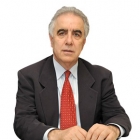


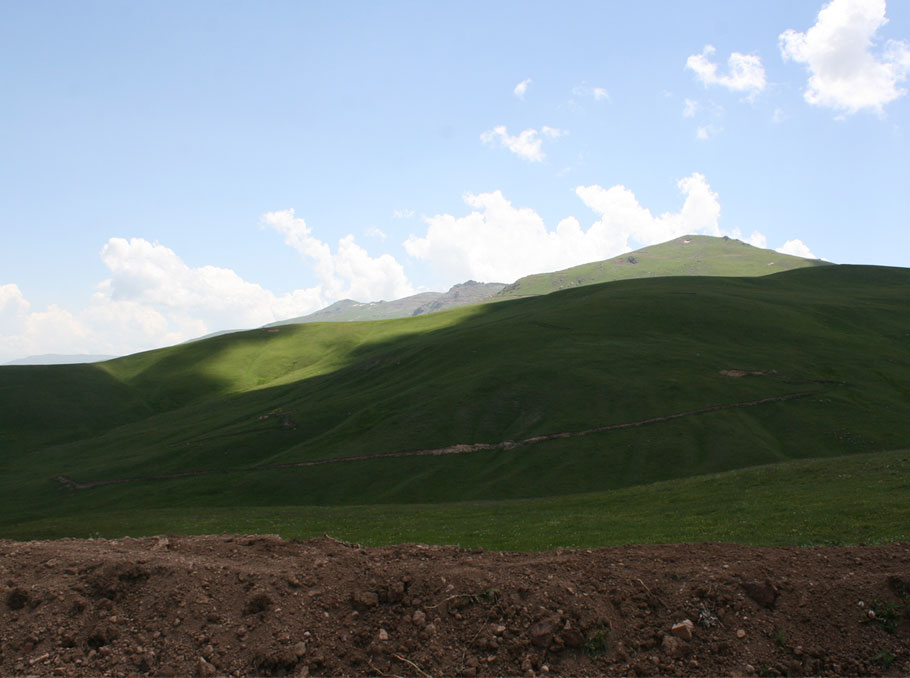
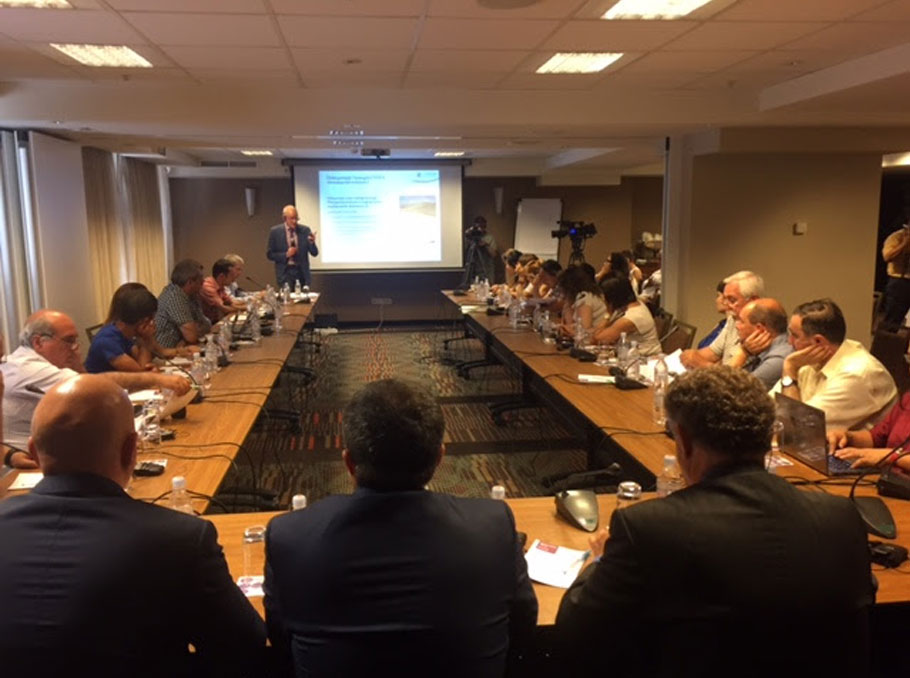
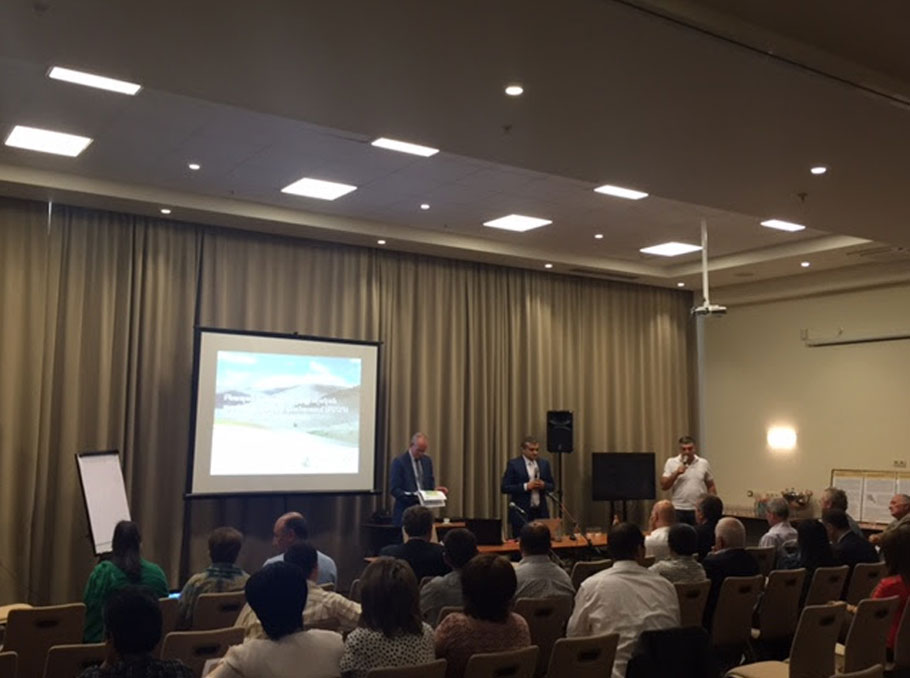
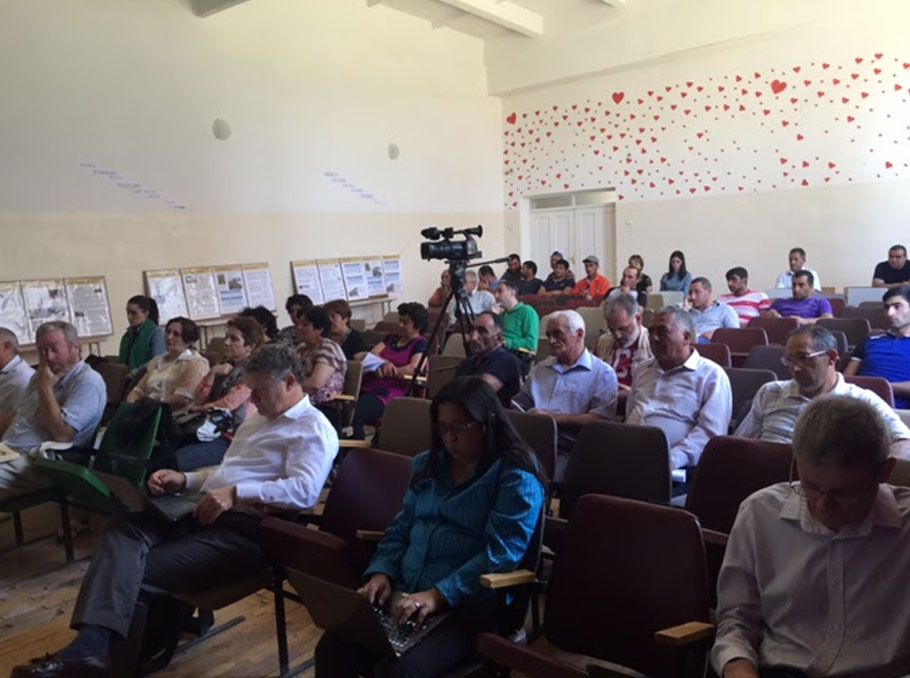

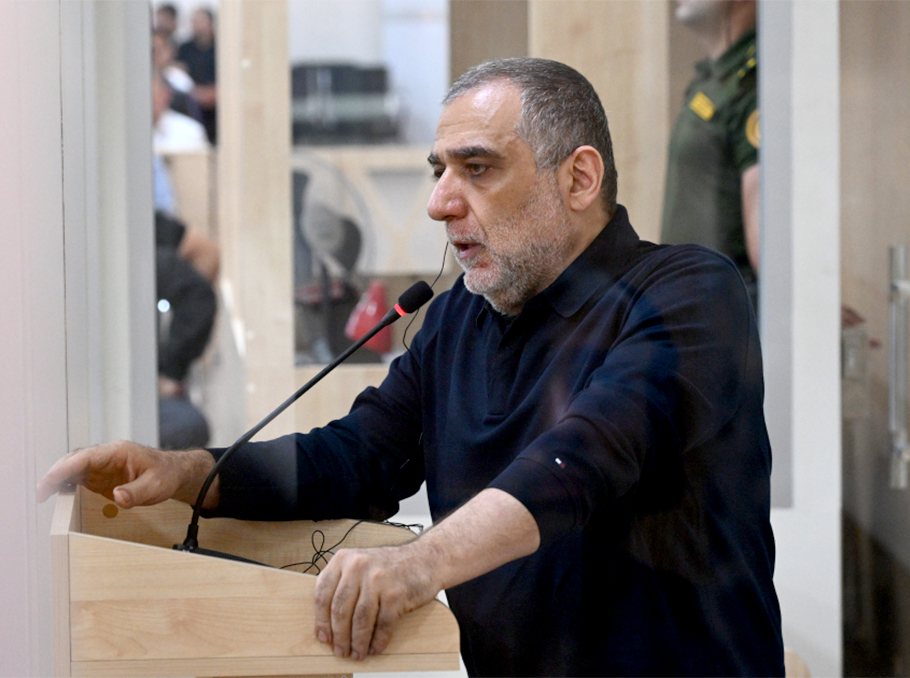








Comments
Dear visitors, You can place your opinion on the material using your Facebook account. Please, be polite and follow our simple rules: you are not allowed to make off - topic comments, place advertisements, use abusive and filthy language. The editorial staff reserves the right to moderate and delete comments in case of breach of the rules.